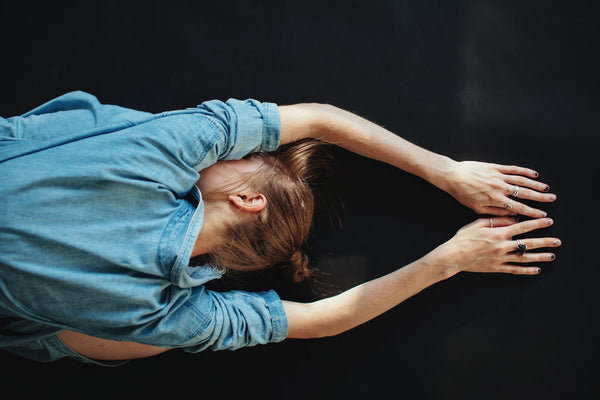What's the Deal with Kidney Stones and How Do We Ease the Pain?

Doctors don’t often prescribe a trip to Disney World when you’re sick, but if you have one or more kidney stones, it might be the best idea. Researchers recently discovered that riding a rollercoaster could prevent hours or days of severe pain. But what are kidney stones, exactly, and what should you do if you get one (apart from book a flight to Florida)?
What’s in a kidney stone?
Doctors aren’t 100% sure what causes kidney stones, but they seem to be linked to high levels of calcium. Minerals in the urine clump together into stones that can be as small as a grain of salt or 0.2 of an inch or more across. That might still sound tiny, but it’s wider than the average ureter, the tube that links the kidneys to the bladder. You could have several small kidney stones and pass them without realizing. But if you have one that moves around in your kidney, gets stuck in the ureter, or just struggles on its way to the bladder, you’ll know about it: the pain’s been compared to childbirth.
Who gets them?
The good news for us is that they’re more common in men over 30. The bad news is, they seem to be hereditary – and if you’ve had one before, you’re more likely to have one in future.
What are the symptoms?
See a doctor if you have some combination of the following:
Intense pain in the abdomen or groin, sometimes accompanied by lower back pain
Nausea or vomiting
Frequent need to pee (peeing may also be painful)
Blood in the urine.
If the stone blocks the ureter, it stops the body from being able to filter waste efficiently, which can cause a build-up of bacteria, which leads to an infection.
What are the signs of a kidney infection?
Any of the symptoms of kidney stones, plus you might also have a fever, chills, fatigue, diarrhea, or cloudy, smelly urine.
What’s the treatment?
If you have an infection, it needs to be treated (with antibiotics) or it could cause long-term kidney damage. Your doctor might not necessarily want to remove a kidney stone, but they will want to look at it. A scan will show how big it is, and if it seems like you’ll pass it naturally, you’ll be given painkillers and advised to watch the toilet bowl. If it’s larger, you might need shockwave therapy: this breaks the stone into smaller pieces so you can pass it more easily.
So how do rollercoasters help, exactly?
Being flung about helps to dislodge smaller stones, sending them straight to the bladder before they have the chance to get bigger, get stuck, and leave you writhing on the floor in agony. Dr David Wartinger from Michigan State University, who co-authored the study, found that three of his patients passed kidney stones after riding rollercoasters. Of course, if you haven’t been diagnosed with a kidney stone but still think you might need a “medicinal” trip to an amusement park, no one’s stopping you. After all, prevention is better than a cure.
0 comments